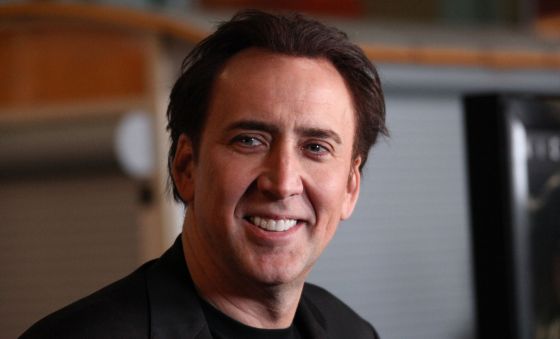To the modern cinema connoisseur, CGI is the enemy. It’s an unnecessary evil in a world where practical effects are king. Why are practical effects king, you ask? Because they’re real, they reply. They don’t look fake.
They have a point, though. Who can’t look at a movie and tell straight away what is real and what has been created on a computer? Who watched Ted and thought the titular bear was a real, visceral creature, standing beside Mark Walberg? No-one.
Think back to the late 80s and early 90s, when CGI became more readily available to moviemakers. We went crazy for it. The public couldn’t get enough of computer generated dancing babies or wire frame animation. So why in the last twenty years has CGI become the enemy?

Jurassic Park was many people’s first introduction to CGI, but unlike many modern films, it used a mix of both CGI and practical effects over full CGI. (Picture: Universal)
To put it bluntly: we got greedy. The oversaturation of CGI in cinema means it’s now far easier to tell what is real and what isn’t. With practical effects, that isn’t really an issue.
Think of Jurassic Park: when audiences saw it at first, they couldn’t tell what was CGI and what was practical effects. Watch it again, and you’ll be able to tell exactly what is a practical effect and what is computer generated.
The cinema-going public don’t really hate CGI, they just hold it in contempt because they’re drowning in it. They feel like directors are lazily relying on it when they could easily be using practical effects to achieve a far more realistic effect.
But what modern cinephiles seem to ignore is the reality of the movie making process. Some things simply can’t be achieved through practical effects because of cost or other reasons. This doesn’t mean their opinion of practical effects and CGI isn’t disrespected by the filmmakers, however. Producer Nat Saunders, who did special effects work on the BBC’s web series Misery Bear explained:
“Chris [Hayward] and I recently wrote and starred in our first feature, a science fiction comedy called SOS: Save Our Skins, which is just starting to appear at film festivals. We decided early on with the director, Kent Sobey, that where possible we would keep as much of the film’s effects practical, as we all prefer that look and feel. There are sequences where we are wandering an empty New York City, which meant filming at 5am and snatching the quickest shots of us crossing streets like 5th Avenue when no traffic or people could be seen.
“We wanted to do it that way rather than green screen because we wanted viewers to get dragged into the world – an empty city – with us, and we knew we wouldn’t impress anyone if they could see it had just been knocked together on a Mac. So that’s what we did and it turned out great. But then, there’s an exploding head in there that, well, you can’t ask an actor to do that, can you? So we CGI’d that bit.”
Saunders makes a good point – you can’t just explode someone’s head for the sake of your movie. CGI will always have a place in cinema, right alongside practical effects. It certainly doesn’t mean that CGI will eliminate the need for practical effects, as Marcus Whitney, a make-up artist and prosthetics designer whose work has appeared in Casualty and Being Human explained:
“Practical effects are very important to the TV industry. It’s certainly not a rotting trade. I have worked on TV shows like casualty that have been using practical effects for years. All of the wounds, injuries, stunts, explosions are done by hand and not a computer.
“Over the years we have seen CGI effects get bigger and better. I still love watching big Hollywood disaster movies where everything you see is CGI. But I think where there is CGI, you will always need practical effects to go with them.”
CGI isn’t terrible, and it certainly shouldn’t be hated. It’s earned a reputation as a tool for lazy film writers, but really, it’s a fascinating and powerful tool in every director’s arsenal that can greatly enhance the cinematic experience. Of course it’s fake – but no-one complains that movies like Saw aren’t realistic enough, so why should it matter? All you need to do to enjoy it is let yourself be tricked into the illusion that it’s real.
Katie Campbell




